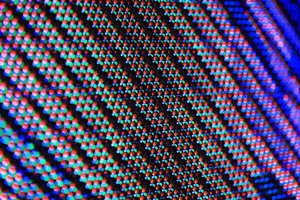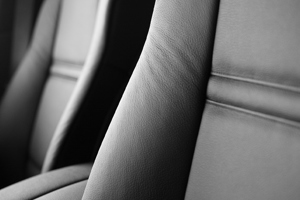Trade Marks - what is bad faith?
In any legal dispute, the term ‘bad faith’ is often banded about in response to all sorts of behaviour that those on one side of the argument disagree with. However, in UK trade mark proceedings, the term plays a specific role. As the recent judgment in Swatch v Apple[1] demonstrates, the existence of bad faith can be difficult to prove, and must be based on the evidence of the applicant’s intentions, judged against certain norms.
The Law
Under s.3(6) Trade Marks Act 1994 a trade mark shall not be registered if or to the extent that application is made in bad faith.
A bad faith objection still does not have a straight forward definition. But it is important to note that (contrary to popular opinion) it is not bad faith to simply apply for a trade mark that is similar to someone else’s (even if you know it is similar), there must be some further act or intention on the part of the applicant. Such act or intention must fall short of the standards of acceptable commercial behaviour observed by reasonable and experienced people in the particular sphere in question.
Apple v Swatch
This case concerned Swatch’s application for the trade mark ONE MORE THING, which was famously used by Apple’s Steve Jobs when launching new Apple products. Apple don’t have any registered protection for the mark, they don’t even use it as a brand, but consider it to be synonymous with their brand and products. They were naturally concerned to see this application from Swatch, covering a wide range of consumer electrical products, as well as watches.
At first instance, the UKIPO decided that Apple did not have sufficient goodwill in the phrase to prevent the application under its own passing off rights. Apple did not appeal this.
Therefore, the case really came down to Apple’s second line of argument; that the application had been made in bad faith. The arguments put forward by Apple were that Swatch intended to use the registration to damage Apple by (1) parodying the mark (2) diverting trade from Apple, and/or (3) taking unfair advantage of Apple’s reputation. The first ground was particularly interesting as there is no previous reported case of a trade mark application being assessed under this objection.
The Judge found, having considered the evidence, that there was no bad faith here. The simple fact that Swatch may have been motivated by a desire to annoy Apple is not be sufficient to amount to bad faith. Annoyance of a business is not a concept which is capable of objective analysis.
Further, parody is not, in itself, a form of bad faith. It covers a multitude of possibilities from gentle and affectionate teasing to full-frontal attacks. It is not an inherently dishonest business practice to use a sign which brings another trader to the mind of some consumers in an amusing but inoffensive way. Such an activity would not necessarily undermine the interests of the third party in any material way. The point at which parodic or humorous activity of that kind would transgress the boundaries of honest business practices will depend on the nature of the humour, the intensity of its use and its consequent impact on the business interests of the recipient. There was no evidence that Swatch intended to cross this line, in this instance.
What does this all mean?
In short, this decision changes nothing but there are a few key points of interest:
- The case that a trade mark application has been made in bad faith is incredibly difficult to run, and evidence is key. It you don’t have clear, objective evidence that the applicant’s intentions fall short of the standards of acceptable commercial behaviour, you are unlikely to succeed. The standard of proof is very high.
- As any brand lawyer will tell you, if you consider something to be part of your brand, you should consider obtaining registered protection for it. If Apple had had their own trade mark for ONE MORE THING, they would most likely have been able to prevent the Swatch application.
- This is the first time that we have judicial commentary on whether parody (or parodic intent) can amount to bad faith. It is perhaps not surprising to hear that an intent to parody a business or brand is not in itself a ground of bad faith, but that it could be if it transgresses the boundaries of acceptable commercial behaviour.
- Remember that the strongest grounds of bad faith usually involve the scenario in which the applicant has no intention to use the mark. Grounds such as diversion of trade, exploitation of reputation and parody can all be grounds of bad faith, but all of which show an intention on the applicant to actually use the mark, so are less likely to constitute bad faith.
- One cautionary tale, check your grounds. Apple’s counsel at the initial hearing tried to rely on the ground of ‘blocking’ (i.e. that Swatch did not intend to use the mark at all, but only wanted it to block Apple from using it). This may have been a much more solid basis for bad faith, but it wasn’t pleaded in the Notice of Opposition and so could not be considered further by the hearing officer.
- Third party evidence, normally a paragon in trade mark cases, is unlikely to be relevant in bad faith cases. In this instance, commentary in articles by unrelated parties (even evidence describing the application as an ‘epic troll move’) is not evidence of the intention of the applicant.
[1] Swatch AG v Apple Inc [2021] EWHC 719 (Ch) (29 March 2021)







































